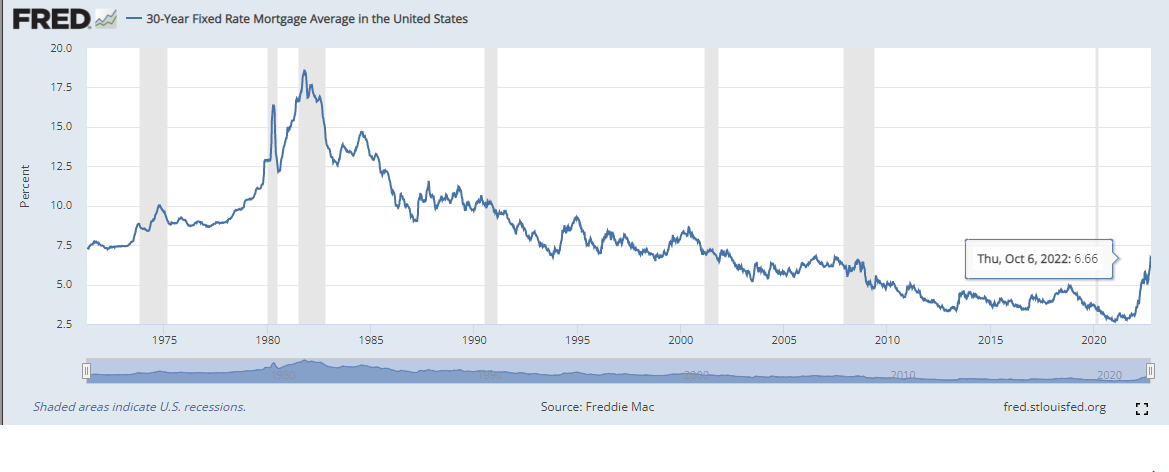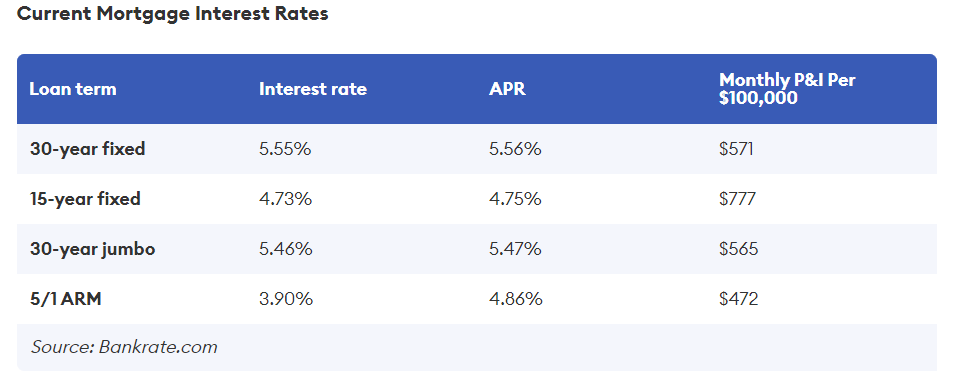Pekic
After going public in January 2021 through a SPAC merger with Gores Holdings IV, UWM Holdings Corp’s (NYSE:UWMC) share price return has lost⁓ 51% (YoY). It might seem like a possible downside considering the business combination was hailed as the largest SPAC transaction at the time with a valuation of about $16 billion. However, the company’s revenue of $564.23 million in Q2 2022 beat consensus estimates by $64.45 million and rose 16.4% (YoY).
Thesis
Despite the 31.35% revenue decline (QoQ), UWMC expects its loan production guidance to range between $23 billion and $28 billion in the third quarter and a higher margin of $75 billion to $90 billion for the full year 2022. UWMC’s management is laser-focused on the growth of the broker channel as it appears to be the quickest way to afford loans to consumers as opposed to the retail channel. The company has also reduced its manual operations through the utilization of affordable technology and lowered loan origination costs to maintain a competitive advantage. Overall, the company is looking forward to recruiting more retail loan origination systems and paying a regular dividend as it believes it will continue to balance its cash and profitability.
UWMC’s revenue declined 31.35% (QoQ) from a high of $821.8 million in Q1 2022 to $564.22 million in Q2 2022. The decrease was attributed to a lower loan production income that fell 38.13% (YoY) to $296.54 million in the three months ending on June 30, 2022. Income from loan production had hit a high of $1.554 billion in the six months ending on June 30, 2021, but was reduced 56.21% (Y/Y) to $680.41 million. UWMC’s production income was reduced in the six months (from December 2021 to June 2022), due to a decline in the unpaid principal balance on the mortgage loans, premiums paid on the mortgage loans, and the fair value adjustment during this period. Therefore, the mortgage loans at fair value over the six months declined by 69.5% to $5.332 billion from a high of $17.473 billion realized in six months ending on December 31, 2021.
It must be remembered that UWMC generates its revenue from three main income sources: loan production, loan servicing, and interest income. The rising interest environment led to a decline in the loan production income in increased marketplace competition. To reduce the persistently high inflation, the US Fed announced a 0.75 percentage point rate hike into Q3 2022 that further led to an increase in debt for credit cards, vehicle financing, and other loans.
Over the years, rising interest rates have had minimal impact on fixed-rate mortgages. However, customers getting a new mortgage or those with variable-rate mortgages have seen changes in their monthly payments. Additionally, there also exists a direct relationship between mortgage rates and the bond market.
FRED
Since the start of the year 2022, mortgage rates have risen from 3% to 6.6%. Analysts have calculated that this increase means that the monthly premium cost of a 30-year fixed-rate mortgage of say $400,000 (with a down payment) of 20% is up by close to $569.
Back to the production guidance, UWMC explained in its Q2 2022 earnings call that it predicted production of $23 billion and $28 billion for Q3 2022. However, this guidance is lower than the mortgage production for Q2 2022 which stood at $29.9 billion. CEO Mat Ishbia explained that $22.4 billion was purchased volume indicating a 17% increase (QoQ) and the gain margin to the range of $30 and $60. In defense, the management has expressed its desire to work on the long-term investment of the company and specifically the broker channel to build margins over time.
Broker Channel and Pricing Strategy
CEO Mat Ishbia underscored his support for the broker channel as opposed to the retail method with evidence that it helped customers shore up savings. In his words, Mat remarked,
The average borrower will save $9,400 over the life of the loan by going through the broker channel compared to the retail channel. It’s even better for minority borrowers who save about $10,400 using a broker.”
It can be seen that wholesale loan lenders like UWMC work with brokers to get the benefit of having their profiles reviewed by a third party before processing loan applications. Retail loan lenders such as Rocket Companies, Inc (RKT) find customers, and take, lock and process loan applications without the use of brokers. It explains why they have higher margins since they exclude additional broker fees from the loan rates.
From face value, UWM is poised to raise mortgage rates to accommodate brokers in this new environment. However, it appears this wholesale lender intends to beat its rivals by still offering competitive pricing to brokers (compressing its margins), a move that will help them navigate the mortgage market.
In Q2 2022, UWM announced that it had dropped its marginal rates by 50-to-100 basis points across all its mortgage loan types. I believe the company is looking at establishing a strategic pricing platform that is two-fold. It will first show a broker where to place a loan, that is give the features of an ideal client- based on a pricing model and transition retail loan officers into wholesale brokers. The central focus for UWM is on matching prices against competitor loans and I believe that is what Game-on Pricing stands for.
Through its website, Game-on has established a recruitment drive for independent mortgage brokers, a scenario aimed at decreasing its administrative expenses. In the three months ending on June 30, 2022; UWM’s total expenses increased by 1.0% (QoQ) and 7.7% in the six months from December 31, 2022. I expect the increase in independent mortgage brokers will lead to lower operating expenses over the next quarters. The target is to help the company generate more operating leverage into 2023. Further, the adoption of this technology will increase efficiency among mortgage brokers, raise production income levels, and offer quality loan offers to clients.
Dividend Income
UWM announced in Q2 2022 that it did fully diluted earnings of $0.09 per share. The company has issued a regular dividend for the past 7 quarters with the latest indicating a 12.42% yield (TTM). Despite the decline in loan production income, UWM’s cash position stood slightly under a billion dollars (at $958.66 million – an increase of 31.13% in the six months from December 31, 2021).
The company indicated that the cash was adequate to not only meet its liquidity needs through the end of the year but also support the payment of dividends in Q3 2022.
Risks to the Downside
While I do not believe that there is a housing recession in the US, dividend income would not be the best point to consider in case it exists. Analysts have considered the increase in mortgage rates as an indication that the housing recession is imminent. Demand for mortgages has also declined 30% (YoY) and sale transactions have also slowed down. From an economic perspective, a decline in demand followed by an increase in supply will doubtless force prices to decrease.
Forbes
There has been a gradual increase in mortgage rates, especially in 2022, and as expected any pullback in rates will attract more mortgage applications. At the moment we can see that there have been lower loan production levels as evidenced by UWM’s balance sheet. Still, we should keep in mind that the rate offered to clients depends on among other things, the credit score, the ratio of debt-to-income, proof of constant income, and the loan-to-value ratio.
Bottom Line
UWMC is working to implement operational efficiencies within the overall mortgage business through its Game-on strategy. The company’s price initiatives have also been rolled out to not only attract brokers but potential customers. Investors have received regular dividends for the past 7 quarters with the company ecstatic about its robust liquidity into 2023. The main challenge to the business is the downturn in the housing market which threatens to reduce demand. Nonetheless, the company is working to lower operating expenses to stabilize cash flow into the year. For these reasons, we propose a hold rating for the stock.


Be the first to comment